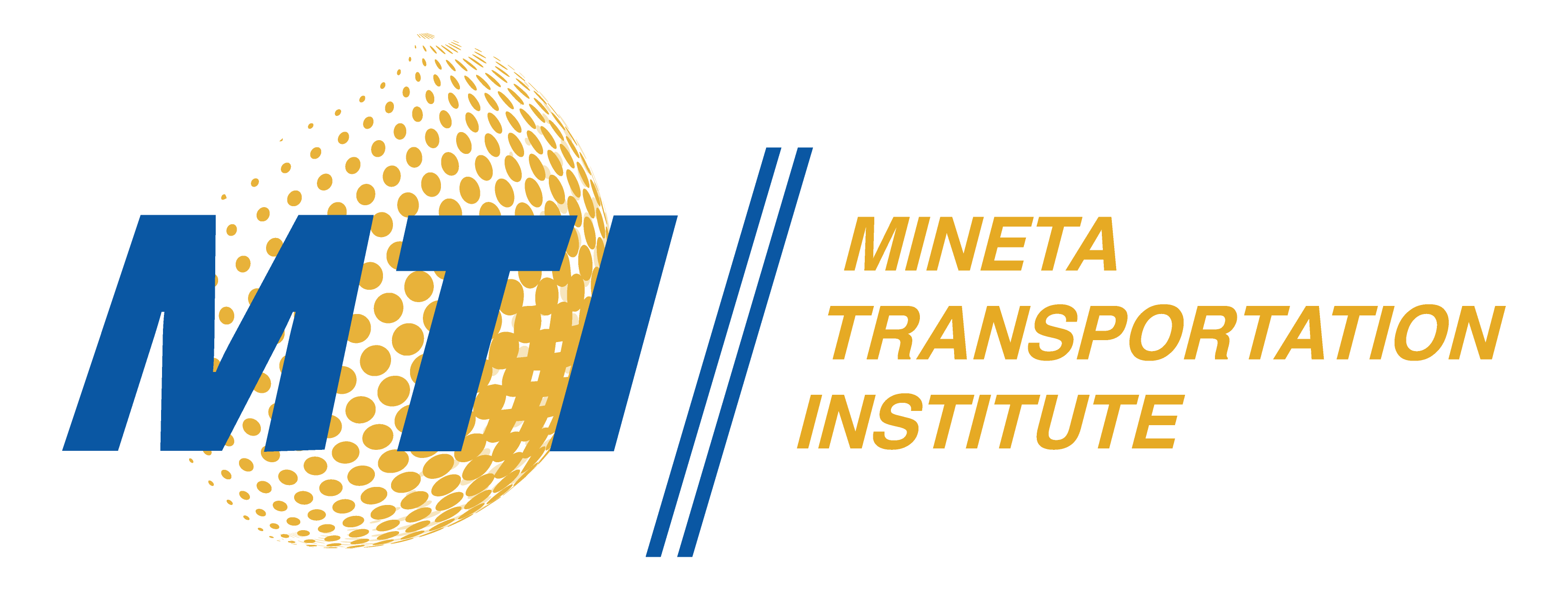Description
Former California Governor Jerry Brown set an ambitious target for the state to reach five million zero-emission vehicles (ZEVs) by 2030. The policy is intended to reduce greenhouse gas emissions, but progress toward this target will also affect future state-generated transportation revenues collected from vehicle owners and operators. A central concern for policymakers is to estimate the magnitude of the revenue impact. We used a simple spreadsheet model to project future transportation revenue in California through 2040 under two scenarios. The first scenario assumes that ZEV ownership continues at its historical rate of net increase, approximately 26,000 vehicles per year (the “low-adoption scenario”). The second scenario assumes that California reaches its goal of five million ZEVs by 2030 (the “high-adoption scenario”). The projections are for light duty vehicles and do not address the possibility that heavy trucks may over time also adopt alternative fuels.
Publication Date
7-2019
Publication Type
Report
Topic
Transportation Finance
MTI Project
1850
Mineta Transportation Institute URL
https://transweb.sjsu.edu/research/1850-WP-ZEV-Adoption-California-Transportation-Revenue
Keywords
ZEV, fuel source, gasoline tax revenue
Disciplines
Transportation
Recommended Citation
Martin Wachs, Hannah King, and Asha Weinstein Agrawal. "The Impact of ZEV Adoption on California Transportation Revenue" Mineta Transportation Institute (2019).

